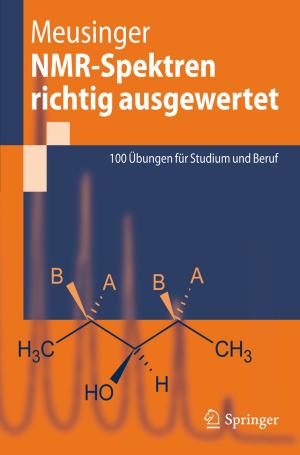Charm Production in Deep Inelastic Scattering
Mellin Moments of Heavy Flavor Contributions to F2(x,Q^2) at NNLO
Nonfiction, Science & Nature, Science, Physics, Nuclear Physics, Mathematical Physics| Author: | Sebastian Klein | ISBN: | 9783642232862 |
| Publisher: | Springer Berlin Heidelberg | Publication: | October 9, 2011 |
| Imprint: | Springer | Language: | English |
| Author: | Sebastian Klein |
| ISBN: | 9783642232862 |
| Publisher: | Springer Berlin Heidelberg |
| Publication: | October 9, 2011 |
| Imprint: | Springer |
| Language: | English |
The production of heavy quarks in high-energy experiments offers a rich field to study, both experimentally and theoretically. Due to the additional quark mass, the description of these processes in the framework of perturbative QCD is much more demanding than it is for those involving only massless partons. In the last two decades, a large amount of precision data has been collected by the deep inelastic HERA experiment. In order to make full use of these data, a more precise theoretical description of charm quark production in deep inelastic scattering is needed. This work deals with the first calculation of fixed moments of the NNLO heavy flavor corrections to the proton structure function F2 in the limit of a small charm-quark mass. The correct treatment of these terms will allow not only a more precise analysis of the HERA data, but starting from there also a more precise determination of the parton distribution functions and the strong coupling constant, which is an essential input for LHC physics.
The complexity of this calculation requires the application and development of technical and mathematical methods, which are also explained here in detail.
The production of heavy quarks in high-energy experiments offers a rich field to study, both experimentally and theoretically. Due to the additional quark mass, the description of these processes in the framework of perturbative QCD is much more demanding than it is for those involving only massless partons. In the last two decades, a large amount of precision data has been collected by the deep inelastic HERA experiment. In order to make full use of these data, a more precise theoretical description of charm quark production in deep inelastic scattering is needed. This work deals with the first calculation of fixed moments of the NNLO heavy flavor corrections to the proton structure function F2 in the limit of a small charm-quark mass. The correct treatment of these terms will allow not only a more precise analysis of the HERA data, but starting from there also a more precise determination of the parton distribution functions and the strong coupling constant, which is an essential input for LHC physics.
The complexity of this calculation requires the application and development of technical and mathematical methods, which are also explained here in detail.















